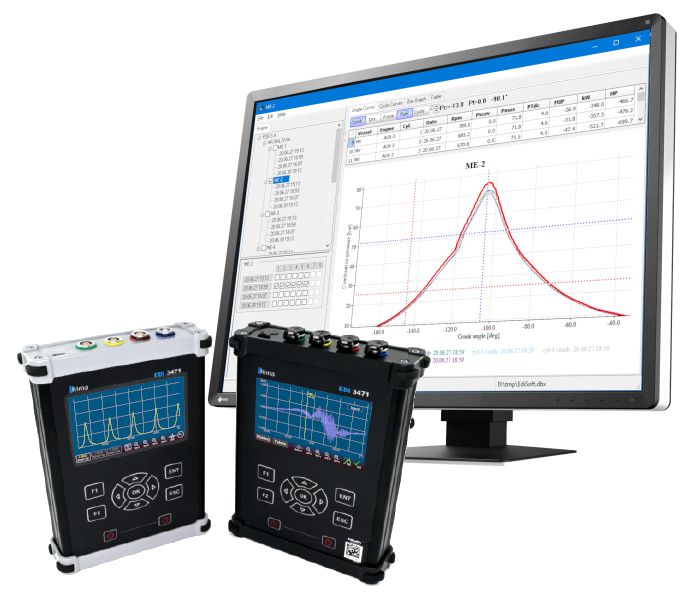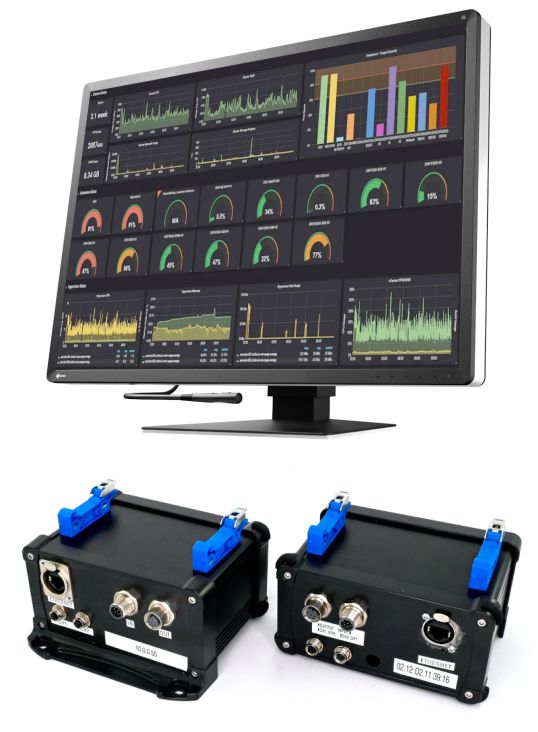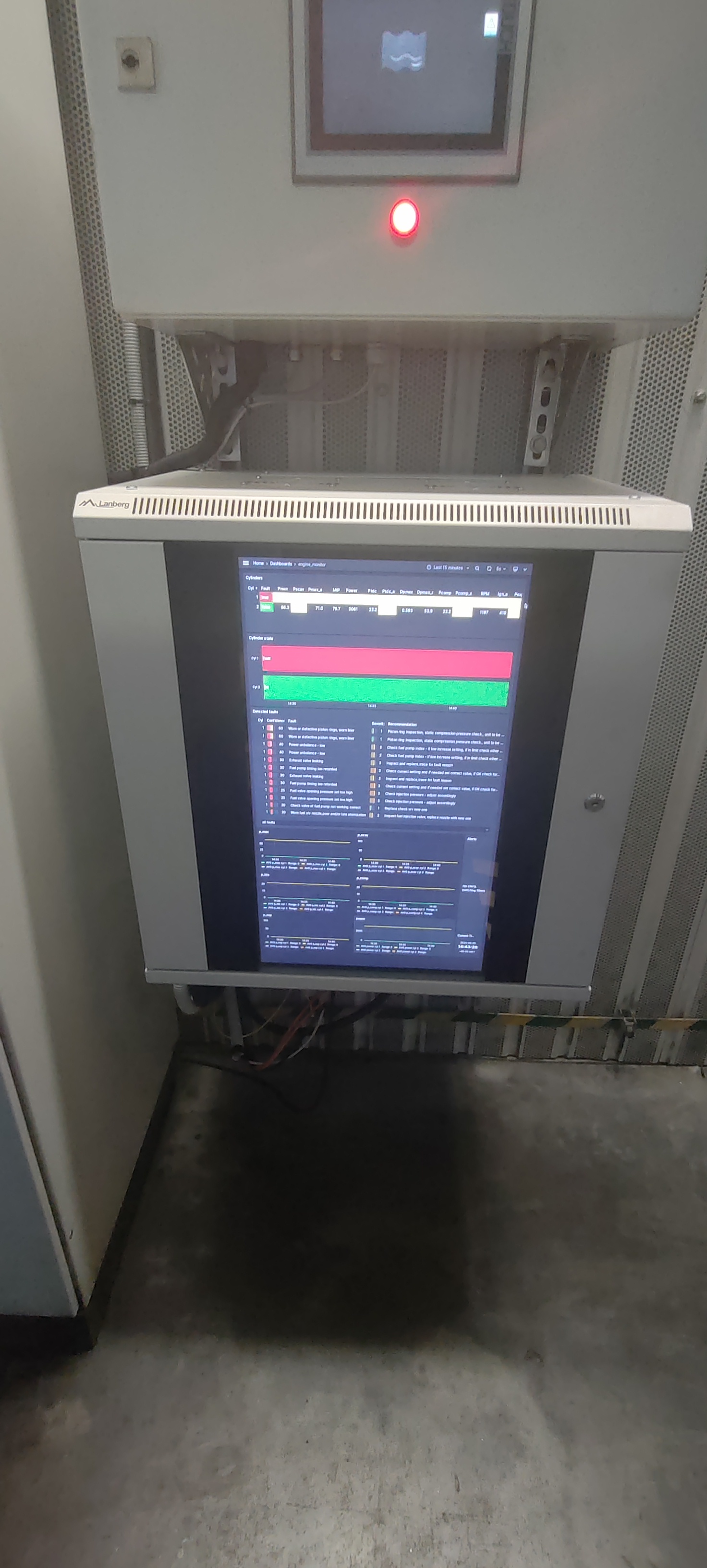Research on the development of a stationary, predictive system for diagnostics and analysis of the operation of diesel engines, with extensive damage forecasting functionality based on non-invasive fuel system diagnostics

 Project title
Project title
Research on the development of a stationary, predictive system for diagnostics and analysis of the operation of diesel engines, with extensive damage forecasting functionality based on non-invasive fuel system diagnostics
 Name of Beneficiary/Beneficiaries
Name of Beneficiary/Beneficiaries
ULTIMA MAREK GLICA
 Name of programme
Name of programme
Smart Growth Operational Program
 Competition
Competition
Fast Track
 Project value
Project value
PLN 3,967,172.50
 Funding value
Funding value
PLN 3,135,626.81
 Project delivery period
Project delivery period
from September 1, 2019 to June 30, 2023
See the effect of our work



What problem does our project solve?
The system enables non-invasive diagnostics of diesel and gas engines. The developed diagnostic methods allow for the detection of damage and irregularities in the operation of diesel engines at an early stage of irregularities. Vibroacoustic methods and indicator chart analysis were used to analyze the operation of the engines. The task of the system is to continuously analyze the engine's operation and maintain its operating parameters allowing for the optimal fuel combustion process. Controlling the combustion process and maintaining optimal parameters reduces emissions of harmful substances and saves fuel. The operation of the engine is supervised by an IT system based on algorithms developed as part of the project based on measurements of pressure in the combustion chamber, vibrations, revolutions, temperature and signals from ultrasonic sensors.
The technical solutions used and the short calculation time allow the use of the developed system to control the operation of the diagnosed engine. As part of the research, a stationary diagnostic system dedicated to Rolls-Royce gas engines and portable diagnostic instruments were developed to analyze the operation of engines from various manufacturers. The portable device implements various methods of non-invasive diagnostics of the operation of injectors and fuel pumps. An alternative approach used so far is to replace fuel system components without analyzing their technical condition.
Who will benefit from the project results?
The hardware and software technologies developed as part of the project will be implemented by ULTIMA into its own products intended for commercial sale. During the work, Ultima acquired and developed modern technical solutions that provide the basis for further development of the implemented technologies. The main recipient of the developed system is the energy industry, with particular emphasis on owners and users of Rolls-Royce gas engines. Portable diagnostic instruments are intended mainly for the maritime industry. The use of these instruments by technical teams of ship owners or specialist companies will enable a more accurate and precise assessment of the condition of the tested engines and propulsion units. The developed devices combine various research methods based on pressure analysis and analysis of vibroacoustic signals.
What was the biggest challenge for us in implementing the project?
The technical value of the developed system are the algorithms. In the first stage of the project, excessive attention was paid to the development of appropriate devices enabling the reading and analysis of signals carrying diagnostic value. We had a lot of described data based on pressure measurements in our resources. We lacked such data for vibroacoustic signals. It was only during the installation of the system at the research facility that we gained continuous access to vibroacoustic measurements. This process of obtaining relevant information and analyzing it is still ongoing. We operate on real objects and must interpret the acquired data in real time.
Our advice to other Applicants
In the case of research projects similar to ours, the process of certification and patent protection of the developed solutions is important. These activities should be started as early as possible. If the maintenance and implementation of the project after the end of the funding period requires maintaining a team and the implementation process is expensive, activities to ensure appropriate financing should be started well in advance.